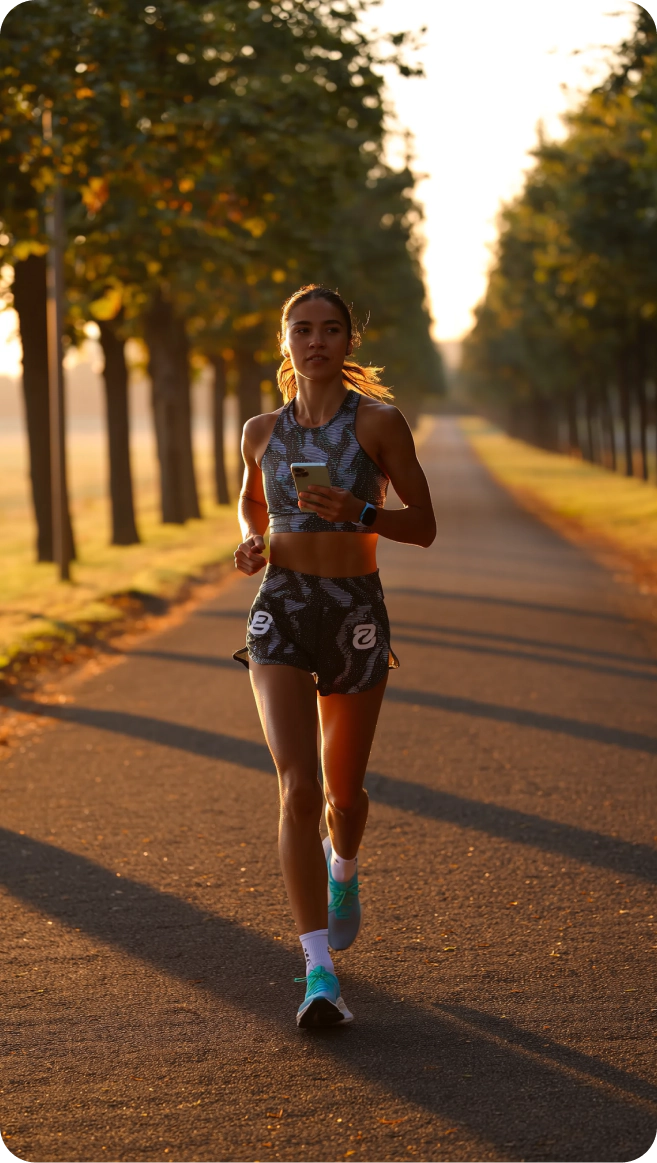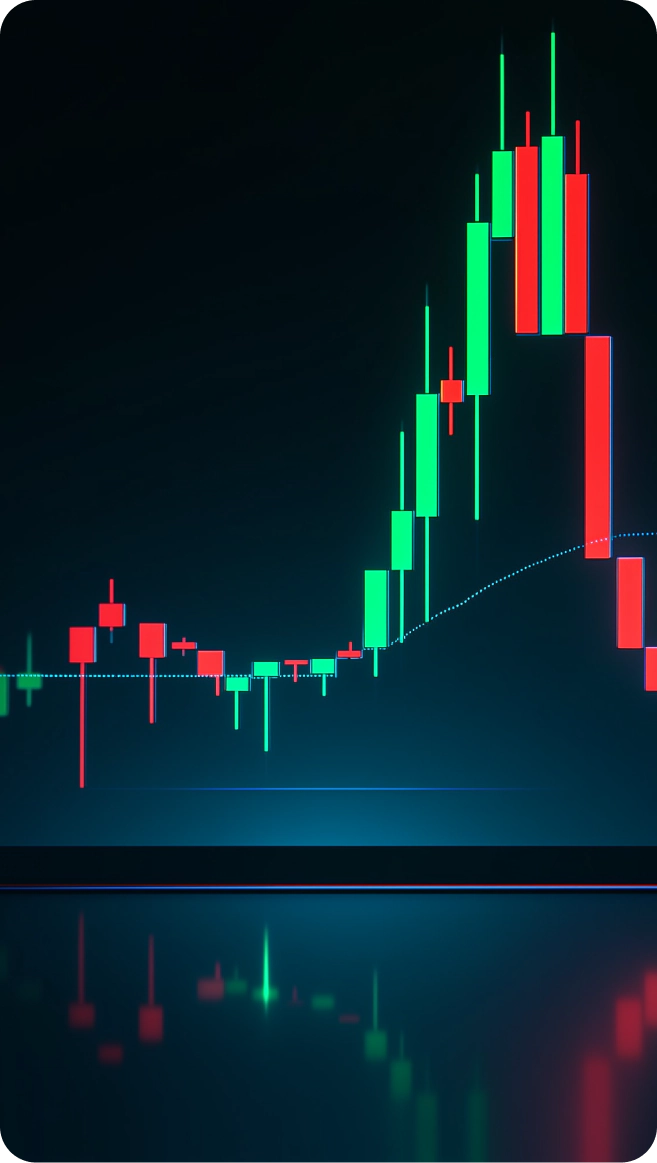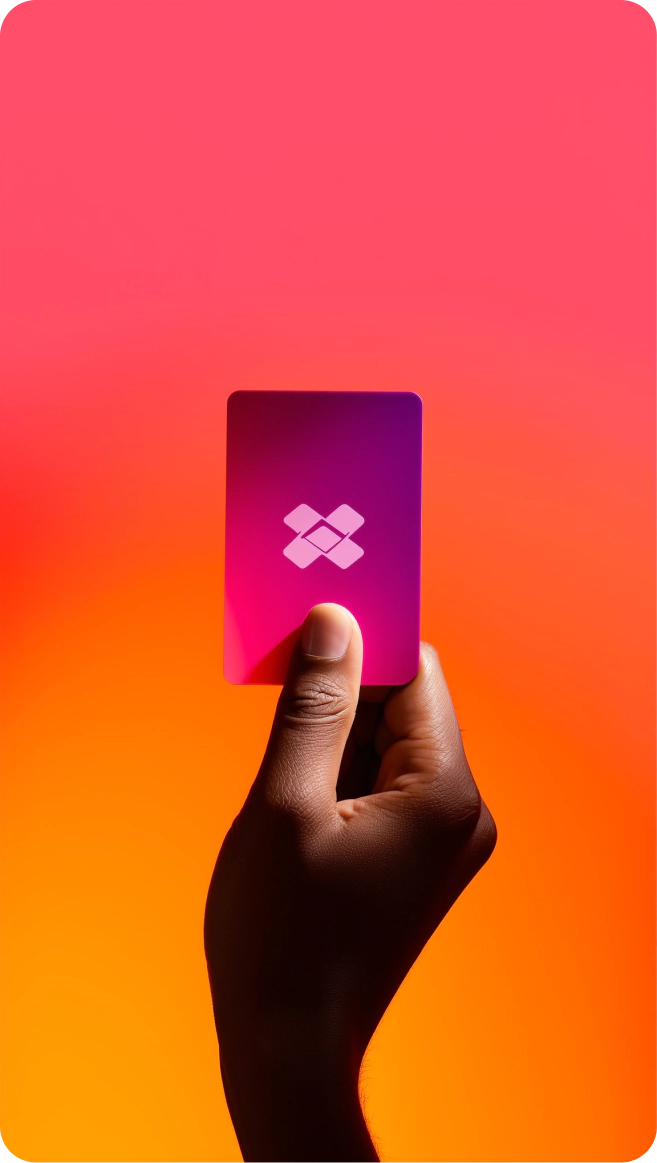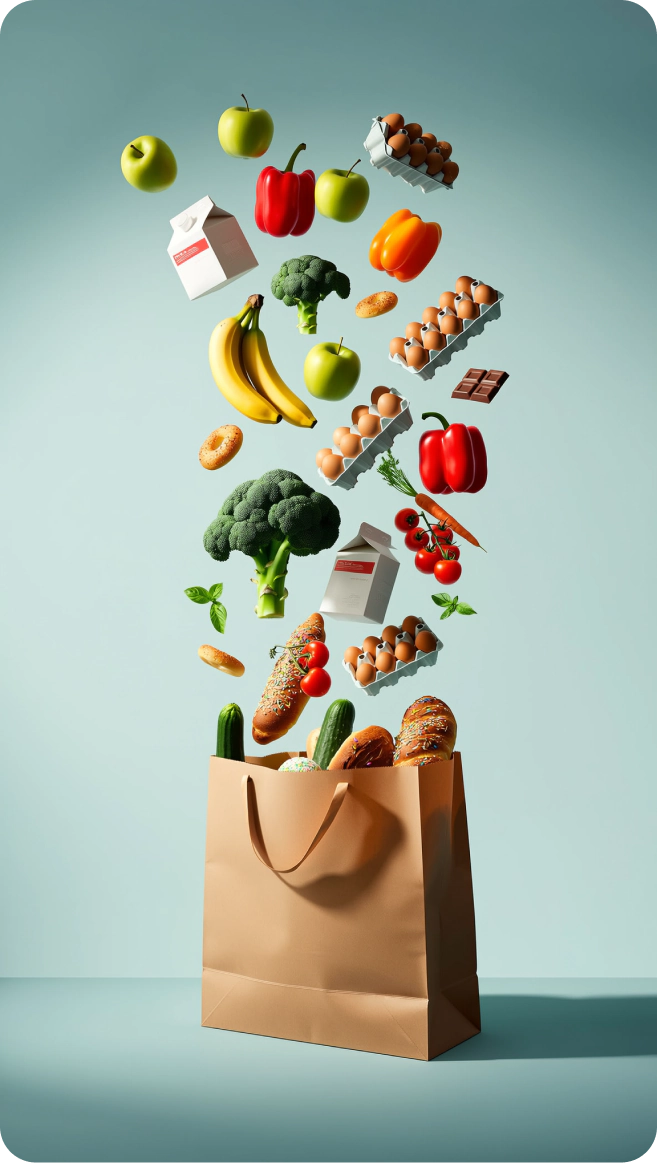Apps: Case Studies
We master user acquisition across diverse verticals — from fintech to health & fitness — and excel with every monetization model, whether subscription, transactional, or hybrid

Reading app
The client — a reading app for Android and iOS in Tier-1 countries — came to us with a request to scale paid traffic and improve the efficiency of advertising campaigns. Their goals were to increase acquisition volumes and achieve stable ROAS.
Before: limited scaling, ROAS below target.
Goal: achieve Day 7 ROAS of at least 35%.
Sources: Meta Ads, TikTok Ads, Google Ads
What We Did
- Implemented a new creative testing process and accelerated the hypothesis validation cycle.
- Conducted detailed audience and geo segmentation:
– split users by age groups, interests, and content consumption patterns (e.g. students, professionals, non-fiction readers, etc.);
– built look-alike audiences based on the highest-value users with strong LTV;
– applied geo-segmentation within Tier-1 countries to optimize bidding against competition levels and ARPU in each region.
Results
We achieved 50% ROAS by Day 7, surpassing the client’s initial KPI target.

Fitness app
The client — a fitness app for Android and iOS in Tier-1 countries — approached us with the goal of building a stable and scalable user acquisition process. With a budget exceeding $1M per month, the main challenge was to maintain efficiency at such high volumes while keeping ROAS under control.
Before: ad campaigns were unstable, heavily dependent on a limited set of creatives.
Goal: create a predictable acquisition system with controlled ROAS and enable traffic scaling throughout the year.
Sources: Meta Ads, TikTok Ads
What We Did
- Rebuilt the creative testing process: introduced systematic A/B testing of hypotheses, built a pipeline for continuous creative refresh (static, video, and UGC formats), and implemented a fast cycle for validating ideas and cutting underperforming ones.
- Optimized targeting: segmented audiences by demographics and interests (e.g. beginners, experienced athletes, users interested in nutrition & wellness) and built lookalike audiences based on subscribers with high retention and LTV.
Results
We ensured consistent growth in user acquisition without losing efficiency, maintaining a stable budget of over $1M per month with controlled ROAS D360 = 120%

Mobile Scanning & Editing app
Client: mobile scanning & editing app
Geo: worldwide
KPI: CAС <40$
Sources: Meta Ads
Strategy
We developed three strategies for the initial test:
– A campaign optimized for purchase events
– A campaign optimized for subscription events
– A campaign optimized for installs
We used broad targeting at launch due to a wide target audience. After meeting KPIs, we continued without specific targeting to minimize testing costs and focus on scaling successful campaigns.
We used Dynamic Creative Optimization (DCO) to efficiently allocate the budget and identify the top 5 creatives for the main campaigns. After testing and gathering data, we shifted to a structure of one campaign, one ad set, and five creatives for more precise analysis and cost management.
Results
Ultimately, the purchase campaign achieved the lowest Customer Acquisition Cost (CAC) of all time (35$). The purchase event included both trial and paid subscriptions. With a conversion rate of approximately 60% from trial to paid subscription, this event worked well in conjunction with the paid subscription, providing more data for campaign learning.

Fintech App
Client: leading Forex broker regulated by CySEC
Geo: worldwide with focus on South Asia, LATAM, and MENA
KPI: to reduce the cost of acquiring a customer by 2x through the entire funnel — from registration, to verification, to first deposit.
Sources: Meta Ads, TikTok Ads
Strategy
- Segmented high brand-awareness geos into separate campaigns
- Launched test campaigns targeting various audiences (interest-based, AAA, broad, and lookalikes with varying percentages) and using different optimization goals (installs/registrations, deposits, verifications).
- This resulted in a high number of campaigns within the same overall budget, leading to smaller budgets per campaign
- After the first two weeks of testing, we began pausing the least effective campaigns and reallocating the budget toward high-performing ones
- As more data accumulated, we paused geos where the customer acquisition cost was too high
Results
By the end of the test (around 2 months), we had 5 campaigns consistently meeting target KPIs.The customer acquisition cost decreased by 2.5x compared to the pre-test period. We then began gradually scaling these 5 campaigns, and within 1.5 months, we were able to increase the budget by 65% while maintaining target acquisition cost levels.

Fintech App (CIS)
Client: A major bank with the goal of increasing debit card issuance through its mobile app
Geo: CIS
OS: iOS + Android
KPI: CPL < 30$
Sources: Petal Ads, Meta Ads, Google UAC, TikTok Ads
Strategy
- Launch all sources on a test budget to determine the initial funnel for further distribution of the media split
- We have identified a suitable optimization target event – a request for a card (lead). It takes too long to issue the card, and the sources don’t have a postback window to optimize
- Setting up branded always-on campaigns – Apple Search Ads, Yandex.Direct, Petal Ads
- Work closely with creatives and adjust the media split every month, taking into account seasonality and the work of sources
- Optimising mainly for events at the top of the funnel: CPI and CPL, as other events’ postback comes with a delay to optimise in time.
Results
KPI’s are met 9 months in a row while budget increased from Q1 to Q1 by 150%

E-com App
Client: A large offline retailer with the goal of increasing product sales through its mobile app
Geo: CIS
OS: iOS + Android
KPI: СAC <10$
Sources: Managed in-app, Petal Ads, Appnext
Strategy
- Due to an e-com revenue, sources cannot be efficiently optimized on ROAS. The cost can be $10, and the event revenue can be as much as $1,000 for a purchase if the user bought an iPhone or $5 for a charging cable. Therefore, we used purchase as an optimization event, but ultimately we looked at the ROAS metric.
- The sources were evaluated based on the overall average receipt and CAC – some sources may cite expensive purchases with a high average receipt, which is more profitable in the end
- Work with the client’s marketing department, calculating traffic incrementality. It is important not to take away the customer’s organic purchases during a period of high demand, for example, during sales or the release of expected goods
- Working with retargeting and feeds – calculating the incrementality of traffic, checking the correctness of metrics in feeds
- Adjusting the media split on a monthly basis
Results
Revenue KPI is met starting from the third month since the start of the campaigns. The year-to-year budget is increased by 300%.

Delivery App
Client: A mobile-first same-day grocery delivery service.
Geo: CIS
OS: iOS + Android
KPI: СAC ~30$
Sources: Mi Ads, Petal Ads, Bigo Ads, Google UAC, ShareIt, Unity, Mintegral, Video networks (DSP), Managed in-app, OEM
Strategy
- Optimize for purchase but assess the results based on ROAS/LTV metrics. Enable 1–3h view-through attribution on video to unlock scale, then narrow. Test ROAS/Retention Rate optimization, but keep purchase as the goal for the campaigns learning.
- Evaluate by CAC × AOV/retention and scale stability—not just the lowest CAC. For example, Petal scales at target CAC; Google has limited volume.
- Co-plan with the Marketing Department to protect incrementality during promos. Avoid cannibalizing organic; seek exclusivity in key sources and add VTA only when it lifts incremental volume.
- Retargeting & feeds: validate events/metrics (CTIT, %VTA), track fulfilled orders, blacklist weak placements, and rotate creatives.
- Adjust media split monthly (biweekly if needed): reallocate across OEM/video/programmatic by learning status, VTA share, CAC progress, and stable scale; keep blacklisting and raise daily caps where performance holds.
Results
Revenue KPI hit by month 2; CAC kept 5–10% below target. Traffic acquisition budget up ~60–70% YoY with stable scale. OEM + video networks delivered ~70% of volume.
The smarter way to achieve a higher ROAS
Profit-driven User Acquisition by seasoned marketing experts for your App and Website
Contact Us